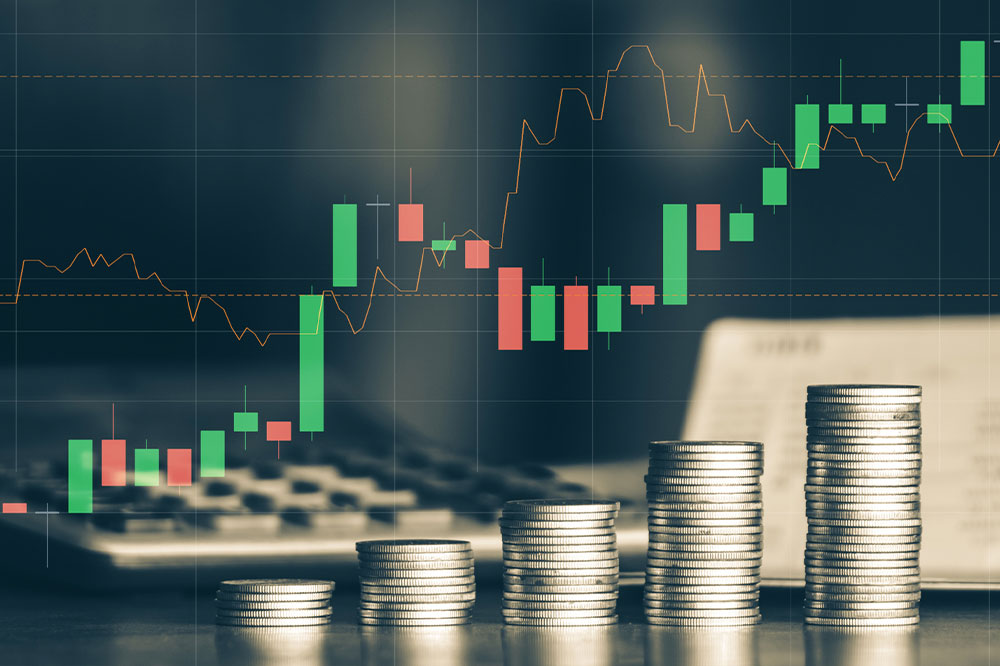
Pros and cons of investing in high-yield bonds
High-yield bonds, also known as junk bonds, pay higher interest rates, making them attractive to investors who want to earn more money. However, they have lesser credit ratings than investment-grade bonds. This means the bond issuer is likelier to default, and the investor may not receive their principal back. So, the question comes down to whether you must invest in high-yield bonds. A look at their pros and cons should help you decide.
Pros of high-yield bonds
The following are a few benefits that make these bonds popular:
- They offer higher interest rates
One of the most significant benefits of high-yield bonds is that they offer a higher return on investment (ROI) than traditional bonds. This is mainly because the companies issuing these bonds do not have a solid investment-grade rating. So, the money you make by investing in junk bonds will be more than a similar-sized investment-grade bond. - The bond value can appreciate
If the issuing company improves its credit standing, the bond may appreciate too. Unsurprisingly, many aim to invest in companies doing everything right to improve their credit standing. It is an excellent way to enjoy a high return while eventually relishing the security of an investment-grade bond. - If the company fails, you get paid before the stockholders
If you invest in a risky company and it goes out of business, you will get paid before the stockholders during the liquidation process. Of course, the stocks and bonds are worthless if the company defaults. But since bondholders are paid earlier, you are likelier to get some money back on the investment. - Investors can expect a consistent payout
While the payout of stocks may change depending on the company’s performance, high-yield bonds offer a consistent payout every time unless the company defaults.
Cons of high-yield bonds
Here are a few drawbacks that come with investing in these bonds:
- The default rates are high
Sadly, there is no way around this. The sole reason high-yield bonds give you a high return is that they are riskier than investment-grade bonds. So, while you may earn a few quick bucks, you must be prepared for possible losses down the road. - Reselling is difficult
Many people hesitate to invest in junk bonds because of the stigma associated with them. They are not as fluid as traditional bonds. So, if when you want to get out of the market, you may find it hard to transfer your holdings to someone else. - The price or value can drop
The price or value of high-yield bonds is influenced by the issuer’s credit rating and interest rate. When the credit rating drops, the price decreases, drastically reducing the ROI. Similarly, the bond’s value decreases if the interest rate increases and vice versa. - High-yield bonds are the first to be hit during recessions
Even though most bonds see a surge in value during a recession, this does not apply to high-yield bonds. They usually lose their worth during such events as investors start finding other bond opportunities more lucrative.
Research well and consult a financial expert before investing in risky bonds. The top high-yield bonds currently include iShares 0-5 Year High Yield Corporate Bond ETF, SPDR Bloomberg High Yield Bond ETF, and Northern Trust High Yield Fixed Income.




